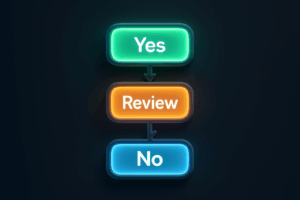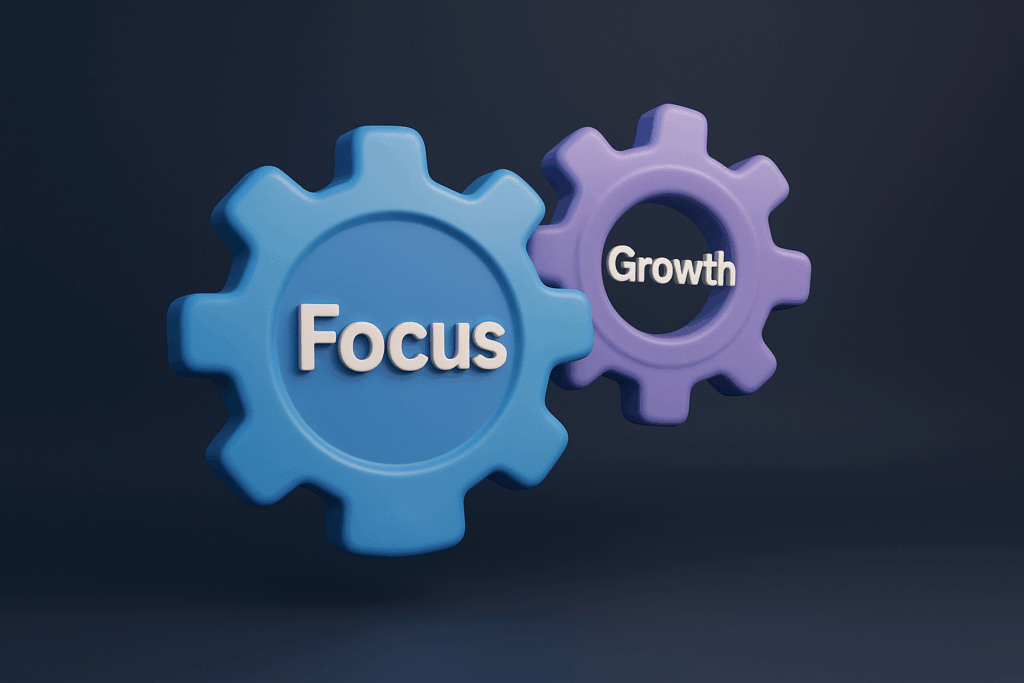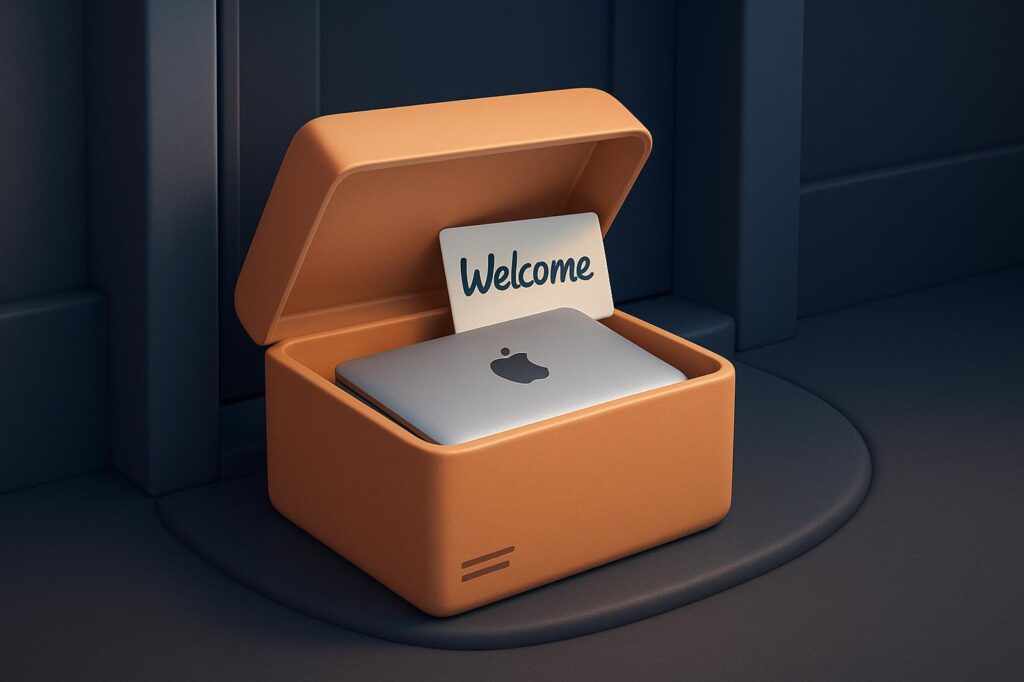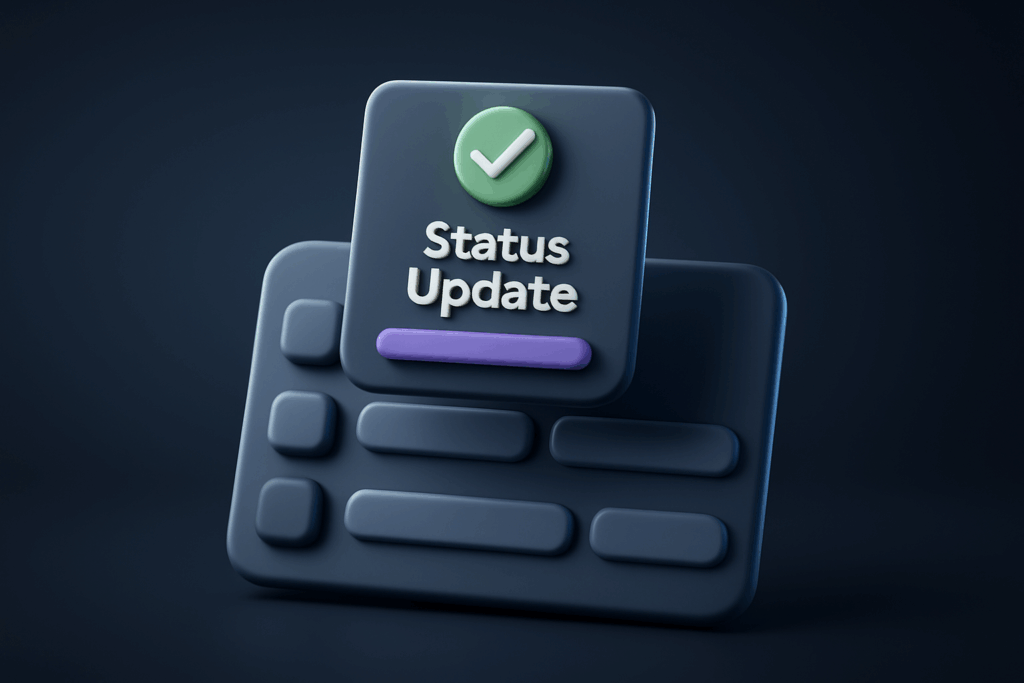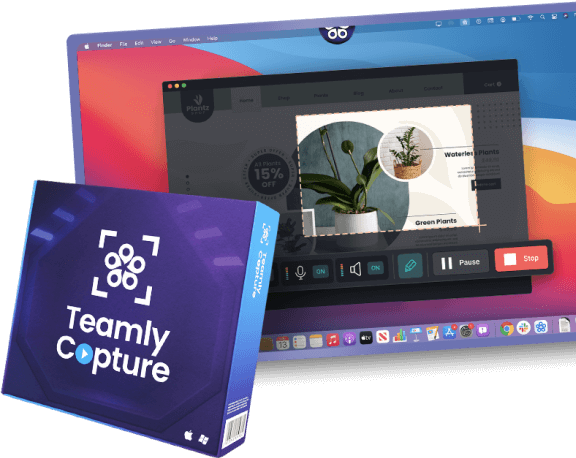You clicked “Join” from your breakfast nook, your designer waved in from a co-working loft in Bali, and the new hire’s webcam is still adjusting to Lisbon dawn.
Distributed teams aren’t on the horizon—they’re today’s default setting. Yet high-fidelity culture rarely appears by magic.
It must be scripted, nurtured, and made legible inside chat threads and project boards.
This expanded playbook unpacks the mindsets, frameworks, and daily rituals that transform dispersed strangers into a mission-beating, emoji-cheering crew—without leaning on cheesy Zoom karaoke or 24-hour online “retreats.”

1. Why Culture Still Matters When Nobody Shares a Zip Code
When humans can’t read body language in the hallway, they rely on three invisible cues:
- Psychological safety – the comfort to float half-baked ideas without ridicule.
- Perceived fairness – the sense that decisions, promotions, and shout-outs follow clear criteria instead of who can stay online the latest.
- Clear narrative – the story of why work matters and how each ticket inches the mission forward.
A meta-analysis from MIT Sloan tracked 220 fully remote companies and found teams with explicit collaboration norms shipped features 23 % faster than peers who relied on “common sense.”
Culture, in other words, is the invisible API your tools call every day. Ship lousy culture, and every request 500-errors.
“Remote culture is what happens between Zoom calls.” — Anonymous survey respondent, 2025 Pulse Poll
Culture Equation
Rituals × Values × Transparency = Belonging
Miss one factor and the product of belonging sinks. The rest of this guide unpacks how to raise each variable to power-user level.
2. Pre-Day Prep & the First 30 Minutes: Your Launch Pad
Remote onboarding begins long before HR emails log-in credentials. Think of it as building a runway of clarity:
- Offer letter 2.0: include a Loom walkthrough of company history, values, and a two-sentence preview of their first win.
- Digital desk drop: send a DoorDash coffee credit timed to arrive the morning their Slack icon turns green.
- Instant micro-win: design a 7-click task (“add one FAQ to the Help Center”) they can finish inside 30 minutes. Early mastery is a belonging magnet.
Cap the day with a north-star narrative video from the founder: two minutes, webcam-quality, no teleprompter. Authentic > cinematic.

3. Week One: Rituals That Glue, Not Glaze Over
🎙️ Daily Async Stand-Ups (but Twisted)
Standard “Yesterday-Today-Blockers” updates stop short of emotion. Add a one-word Mood Meter (😄 / 😐 / 😰) and a quick Momentum Meter (→ / ↗ / ↓). Patterns flag burnout before PTO requests erupt.
🔄 Buddy Loops 2.0
Extend buddy status for a full month. Equip buddies with a tiny budget ($25) to surprise their newbie with something personal: a Kindle book referenced in orientation or stickers of the team mascot.
🍿 Friday Demo & Debrief
Rotate hosts. Challenge them to teach something they learned—debugging trick, Notion shortcut, Canva hack. Learning collectively forms cognitive velcro.
📚 Day-5 Field Guide
Compile a crowdsourced doc called “Stuff We Wish We’d Known Sooner”—35 bullet points ranging from “Slack DMs auto-delete after 90 days” to “The CTO worships em-dashes.” Knowledge ≠ gossip when it reduces anxiety.

4. Async Water-Coolers That Aren’t Cringe
Social glue forms in predictable yet opt-in micro-encounters:
| Channel | Cadence & Prompt |
|---|---|
| #snapshot-saturday | Post a non-work photo; emoji reactions only. Low chatter, high bonding. |
| #question-monday | Rotating host drops playful “Would you rather…?” Polls auto-close in 24h. |
| #audio-lounge | Discord-style voice room left open during core overlap hours; hop in, hop out. |
| #win-streak | Thread per micro-victory; use 🎉 on every new win. Dopamine on demand. |
If a ritual begins to feel like forced fun (attendance drops below 40 %), retire or refactor it. Remote culture is a garden: prune the wilted flowers.
5. Slack Isn’t Culture, But Channels Are
Avoid channel bloat—the Slack Overwhelm Spiral is real. Instead, design a Three-Tier Architecture:
- High signal: #announcements, #high-stakes-alerts, #decision-log
- Workstream hubs: #product-pod-alpha, #growth-experiments, #legal-ops
- Affinity zones: #board-games, #parents-club, #women-in-tech
Each channel’s header should contain purpose + expected response time. Example: #legal-ops │ Contracts & NDAs │ 24h SLA. Clarity shrinks cognitive sodium—nobody wants to sip from the firehose.
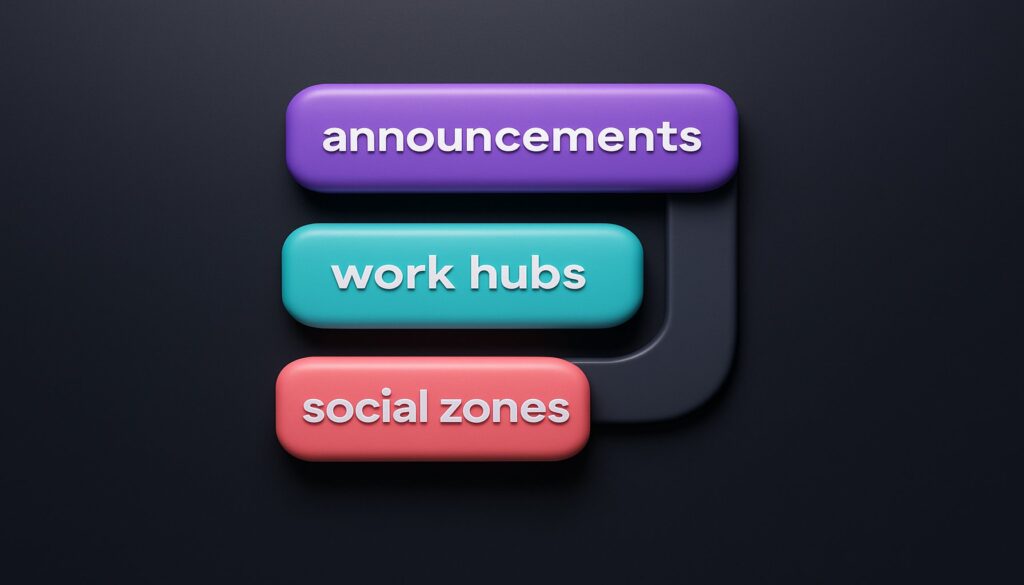
6. The Culture Stack: Tools That Synch the Heartbeat
Software won’t fix turf wars, but a frictionless stack erects fewer speed bumps:
- Teamly – kanban, chat, screen recorder, and lightweight SOP builder in one pane. Fewer tabs, clearer memory.
- Loom – video updates shorten novel-length Slack threads.
- Donut – auto-pairs teammates for coffee chats.
- KudosBot – peer-to-peer recognition that syncs with HRIS.
- Range – stand-up check-ins with emoji-level emotional analytics.
Rule of thumb: adopt one new tool per quarter, max. Every icon on the bookmark bar is another cultural language to learn.
7. Measuring Belonging Without Feeling Creep-Level 100
Data beats vibes when it’s light-touch and anonymized:
- Pulse Poll 4×4: Four questions, four emoji-based answers. Track trend lines, not the one-off dips.
- Help-Desk Mean Time to First Reply: <90 minutes signals a responsive swarm; >4 hours warns of silos.
- Slack Sentiment Crawl: Simple keyword analysis of 🔥 / 😬 / 🥳 ratios surfaces project stress.
- NPS for Onboarding + Exit: Ask entrants at Week 4 and leavers during off-boarding. Bookend insights tell true stories.
Publish results in #transparency-report monthly. Data kept in shadows breeds suspicion; data in daylight feeds trust.
8. Culture Fire Drills: Troubleshooting Common Vibe Crashes
📉 Engagement Drop After Product Sprints
Prescription: Declare a 48-hour Quiet Quest. Disable non-essential Slack pings, encourage deep work, then host a story-time demo sharing hidden lessons. Recovery mode engaged.
🕰️ Time-Zone Bottlenecks
Adopt a “Goldilocks Overlap”—two hours touching 80 % of the org. Use it for quick swarms; guard it from meeting creep (no “just 15 minutes” invites).
🗣️ Camera-Off, Crickets-On Meetings
Switch to write-first: send memo 24h early, gather comments, then use live call for top 3 clarifications only. Introverts blossom, extroverts tighten arguments.
🎓 Knowledge Drift
If onboarding docs age faster than avocados, assign a rotating Scribe of the Month—they shadow Slack debates and update the handbook in real time.

9. Culture Champions: Scaling Ownership Beyond HR
Headcount grows; founders delegate. Culture dies unless nurtured by distributed gardeners. Establish voluntarily crewed roles:
- Onboarding Sherpas – veteran volunteers leading welcome tours.
- Ritual Rangers – monitor pulse poll data and propose micro-ritual tweaks.
- Story Archivists – capture wins, fails, and folklore into a living library.
Comp these champions with half-day PTO vouchers or “pick our next-swag design” privileges. Recognition fuels stewardship.
10. Sustaining Culture in Hyper-Growth or Hyper-Stress
Periods of 2× hiring or big-bang product launches test every norm. Safeguards:
- Decision Logs: Publish what we chose and why. Transparency reduces rumor tax.
- Red-Zone Calendar: Mark weeks when no new rituals roll out—bandwidth protected for shipping.
- Micro-Sabbaticals: Encourage 3-day focus vacations after marathons. Burnout prevention beats burnout triage.
- Culture Retros: Twice a year, run a retro solely on rituals: keep / kill / experiment. Culture is product—iterate.
11. Putting It All Together
Remote culture is the compound interest of deliberate moments: a clear onboarding runway, a daily emoji check-in, a once-a-week demo call that celebrates failure as learning.
Codify these micro-acts, bake them into defaults, and watch belonging travel across oceans faster than FedEx.
You now hold a two-part toolkit: ritual recipes and diagnostic dials.
Tune cadence to your team’s metabolism, rename channels to match your lingo, swap high-fives for 🦄 if unicorns spark joy.
The magic lives in the intentional repetition. Do that, and distance becomes a detail, not a deal-breaker.






















